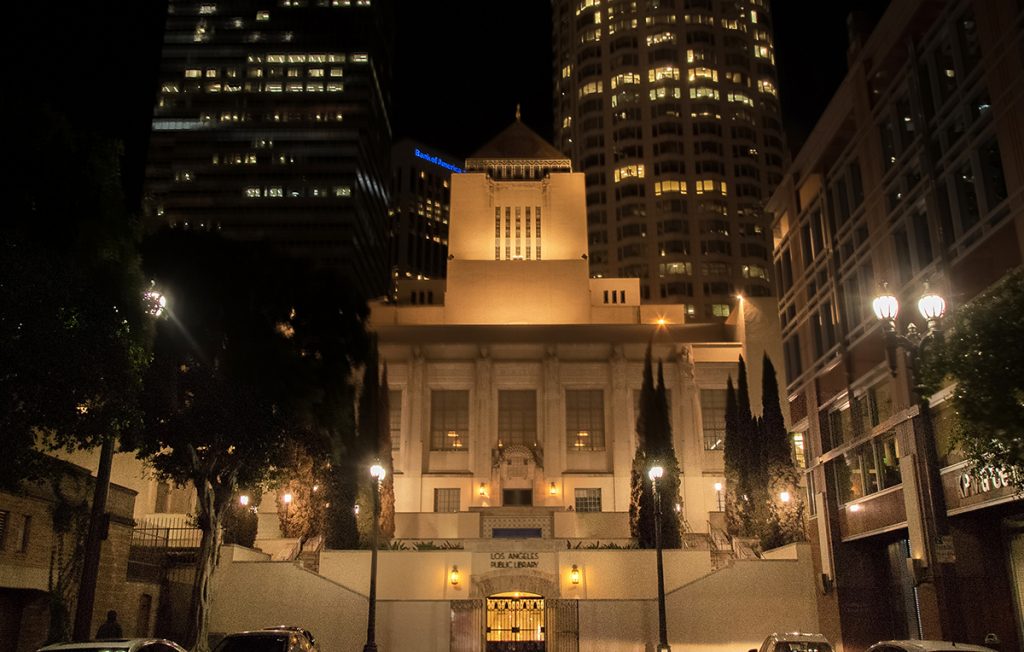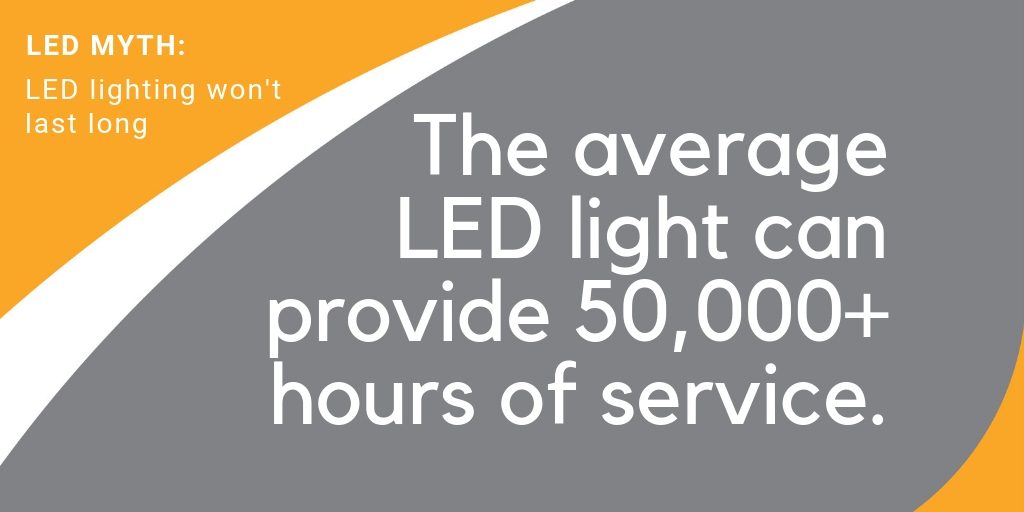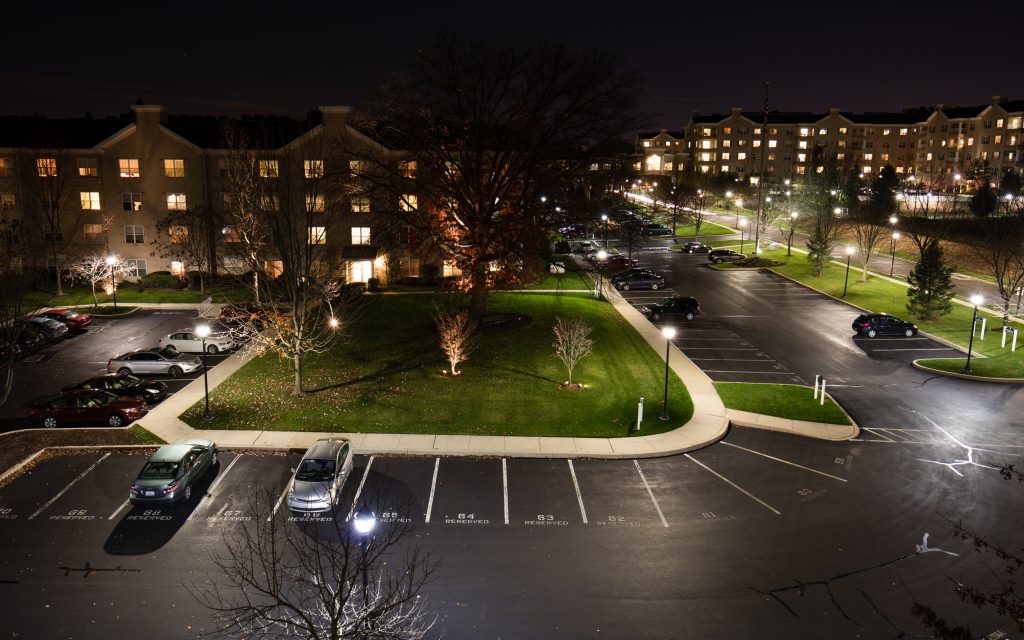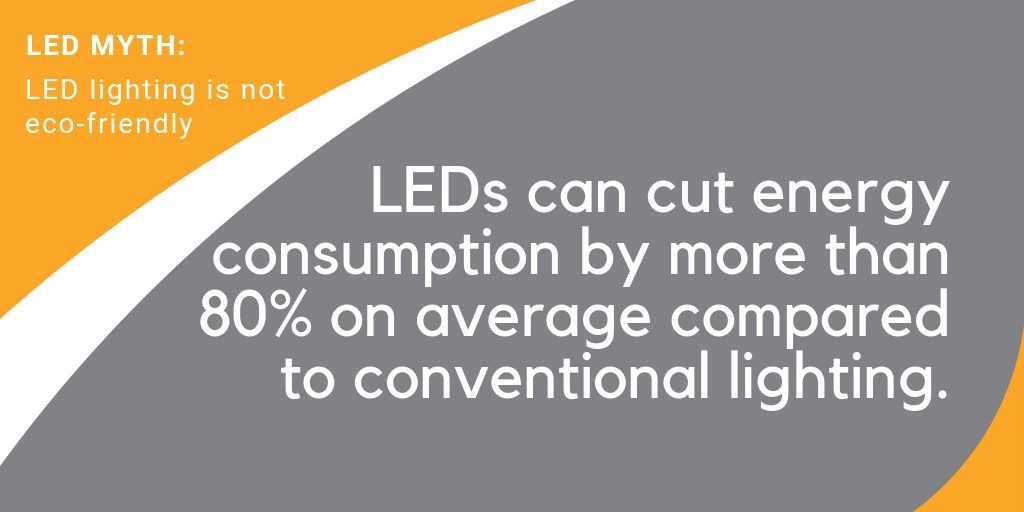5 Reasons Why LEDs are More Eco-Friendly Than You Think

LEDs are far and away the most energy efficient lighting option on the market.
During the last 10 years, government regulations and manufacturing improvements have made them more available.
But energy efficiency is not the only environmental benefit of LED lighting. Here are five reasons why LED lighting is more environmentally friendly than you might think:

-
LEDs work for decades
The average LED light can provide 50,000 hours of service or more and many of Amerlux’s LED products are built to last well past the average rated life.
Such a long lifespan means less supplies need to be dedicated towards maintenance. Besides the obvious monetary savings this represents, that means energy and resources don’t need to be expended on maintenance and replacements. If an LED lasts for 20 years—which many easily can—that’s two decades where no new lights need to be purchased. This diminished demand means natural resources can stay in the ground and not be used up.
-
No toxic chemicals
Fluorescent light bulbs contain mercury and other hazardous chemicals. Exposure to these chemicals is dangerous to humans and harmful to the environment, which makes disposal difficult and resource-intensive (Department of Energy).
LEDs are free of these dangerous elements. Constituting a chip inside an epoxy resin, LEDs are very durable. If you drop one, you don’t need to worry about being subjected to mercury.

-
Less sky pollution
Exterior lights contribute to the light pollution endemic to metro areas. Non-LED light sources are omni-directional, meaning they spew light around in 360 degrees. LEDs are directional, so they shine light in one direction. This distinction is important because omni-directional lighting wastes light—throwing it where it is not needed. LEDs like Amerlux’s Avista street light retrofit product deliver light directionally to comply with dark sky codes where light cannot be thrown above 90 degrees. Avista puts lumens on the ground, where it is needed. Including a horizontal disc, Avista shines downward and avoids causing light pollution because the light is directed to the ground instead of thrown into the sky.
-
Different light temperatures are available
LEDs are often stereotyped as delivering unnaturally blue light. Like most stereotypes, this is inaccurate, as LEDs can provide light in a variety of Kelvin temperatures, ranging from the extremely warm 1800K, to the coolest of cools beyond 6000K. LEDs can emulate natural sunlight or deliver light at any temperature needed.

-
Energy efficient
A discussion of LEDs’ eco-friendliness would be incomplete without mentioning their energy efficiency. LEDs can cut energy consumption by more than 80 percent on average compared to conventional lighting. When Los Angeles upgraded their historic streetlights with Avista, their energy consumption dropped by 75 percent, while Portland, Oregon realized savings of 60 percent with their own Avista upgrade project. The Queens Museum in New York City cut energy usage by 90 percent when they replaced their outdated halogen lamps with Amerlux’s SPEQ track lighting system.
LED’s efficiency comes from how it converts electricity into light. Conventional lighting wastes up to 90 percent of the energy in the form of heat with only 10 percent emitting light. LEDs, on the other hand, convert about 95 percent of the energy into light, emitting only 5 percent as heat (Department of Energy).
Learn how to be seen in the best light and save the environment with your building and design projects!

